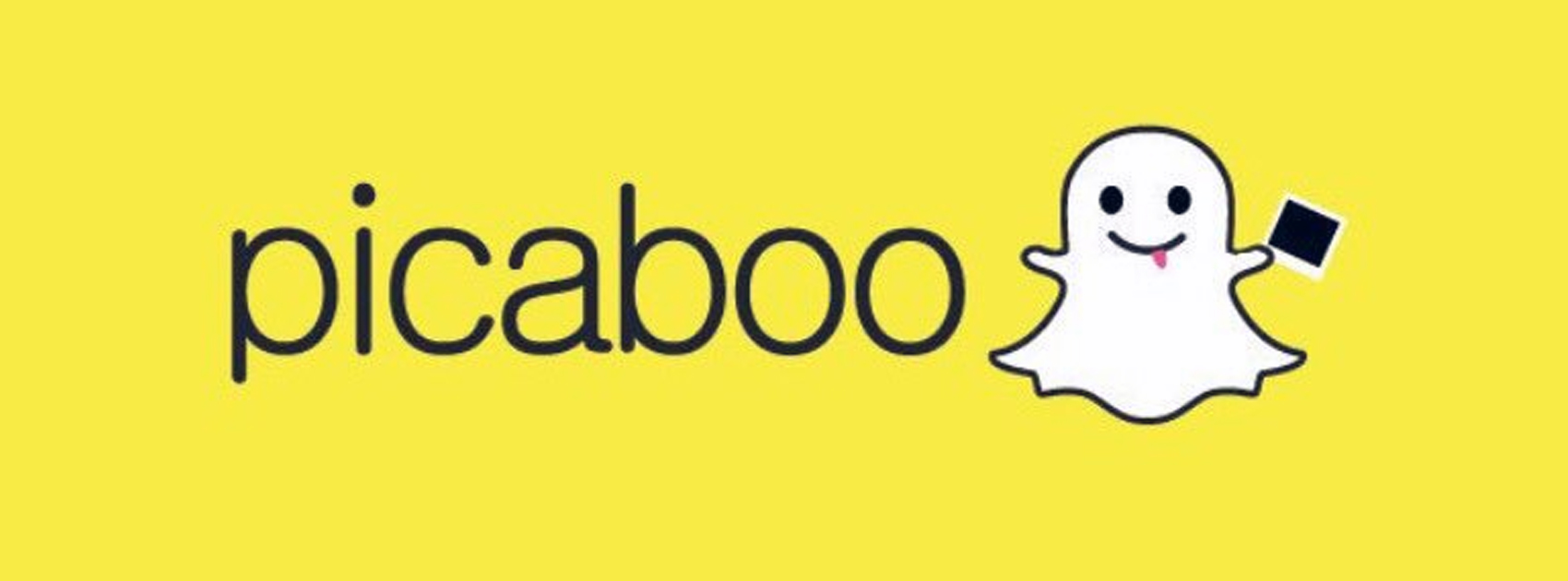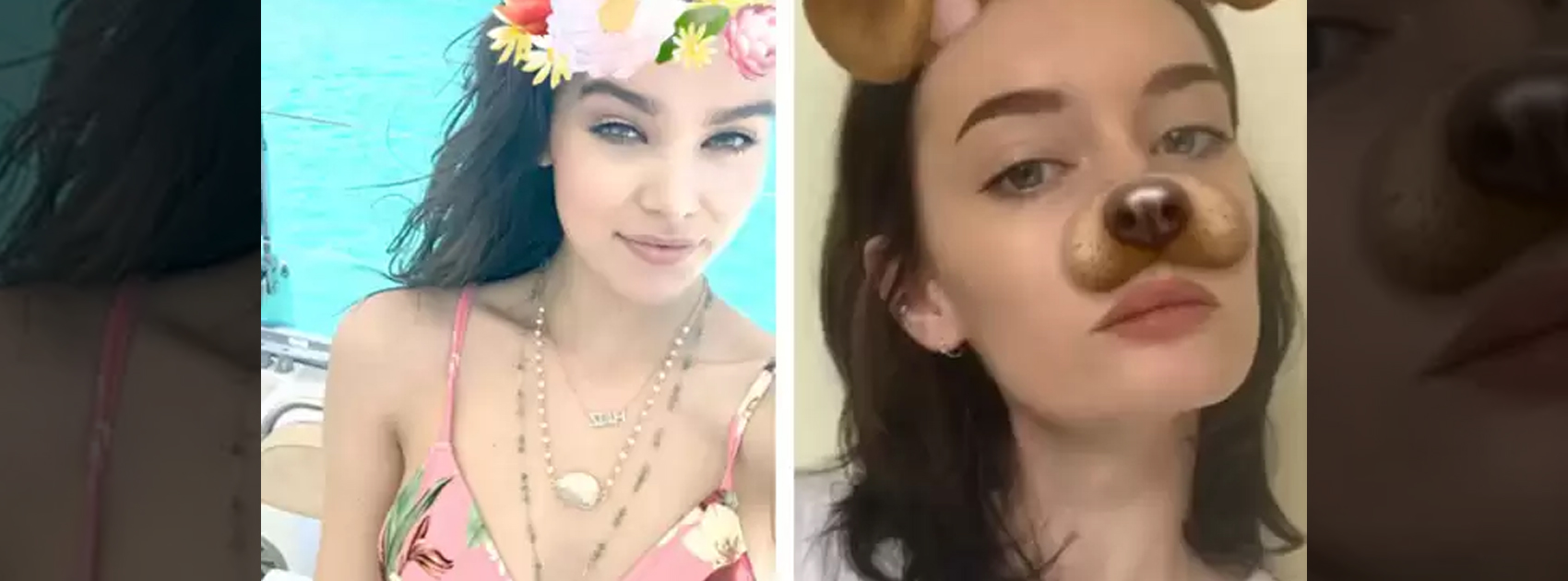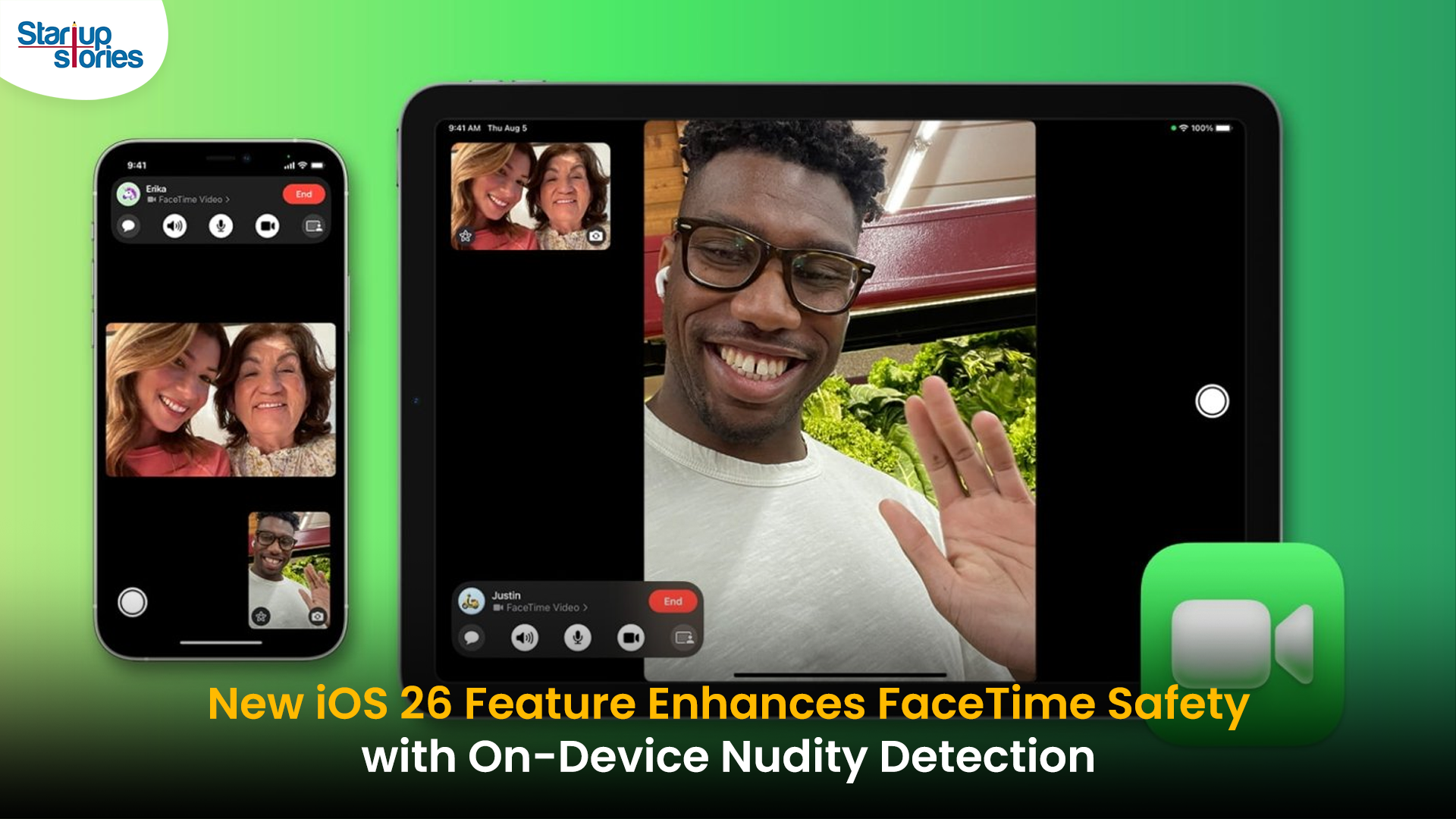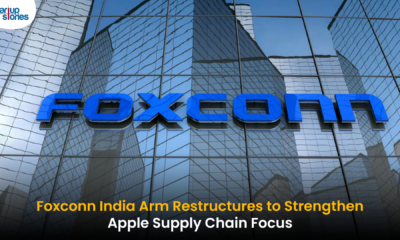Tech
Snapchat Unknown Facts

Snapchat is one among the most used apps in the world, second only to Facebook. When it first launched, people thought of it as a photo sharing revolution. The app, which originally started off as a person to person photo sharing app, now evolved to feature “Stories” which last for 24 hours and even discover where brands and influencers can showcase their content. Started by Evan Spiegel, Bobby Murphy and Reggie Brown, this app currently has up to 190 million active daily users. Apart from the cool filters and stories, about what else is this app? Keep reading to find out some interesting facts about Snapchat which you probably did not know.
1) Originally called Picaboo

When it first launched in 2011, Snapchat was called Picaboo and was exclusive only for iOS users. Later, in 2012, the app was renamed to Snapchat and was made available to Android users as well.
2) Try till you succeed
The founders, Evan Spiegel, Bobby Murphy and Reggie Brown tried and failed at 34 projects before coming up with the idea of Snapchat. Spiegel, in an interview, mentioned, the idea of Snapchat came up they were working on a college project at Stanford University.
3) 3.5 billion pictures and videos per day

As of 2017, approximately 3.5 billion pictures and videos were shared and viewed every single day on Snapchat. Yes, everyone loves Snapchat!
4) Drinks are the most shared pictures
Recent stats show, a large number of Snapchat users share photos of their drinks with their friends. A shocking 93 % of people have used Snapchat for this.
5) Women form the majority users

As of April 2019, women account for approximately 61 % Snapchat users, with men forming only 38 % of the user base.
Most of the users belong to the age group of 18-20 years.
6) Zuckerberg wants Snapchat

Mark Zuckerberg has been trying to acquire Snapchat for a while now, but in vain. Zuckerberg first offered a billion dollars for Snapchat and when he was rejected, came back with $ 3 billion dollars, only to face rejection again. His final offer of $ 4 billion was also rejected by Snapchat. Till date, Evan Spiegel remains adamant about selling Snapchat.
Which of these facts about Snapchat surprised you the most? Comment below and let us know.
Latest News
Apple’s iOS 18.7 vs iOS 26: Which Update Should You Choose for Your iPhone in 2025?

Apple’s recent iOS 18.7 rollout provides a secure alternative to the visually revamped iOS 26, empowering iPhone users to choose between system stability and next-generation features. While iOS 18.7 focuses on important security updates and bug fixes, it maintains the familiar iOS experience for users of older devices like iPhone XS, XS Max, XR, and SE models up to the 16e. The update is lightweight—about one-fifteenth the size of iOS 26—which means quicker downloads and less storage consumption. It’s designed for reliability and fast installation, making it ideal for users who prioritize a stable and secure operating system over design changes.
In contrast, iOS 26 introduces Apple’s ambitious “Liquid Glass” interface with a transparent look across apps, enhanced widget and lock screen customization, smarter Siri, and improved camera controls. These innovations, however, come with a larger update size and compatibility exclusive to newer iPhones beginning from the iPhone 11 series. While early adopters can enjoy the futuristic interface and AI-powered upgrades, major OS launches may present initial bugs or app compatibility issues that cautious users typically wish to avoid.
Choosing between iOS 18.7 and iOS 26 depends on each user’s priorities—those seeking guaranteed stability and fast security fixes should consider sticking with iOS 18.7, while users excited about premium features and visual changes should migrate to iOS 26 if their device supports it. Both updates are available through Software Update settings, and Apple will support iOS 18.7 for only a limited duration, eventually encouraging all users to transition to the latest platform. This dual update strategy ensures every iPhone user can safely update their device for a seamless and secure experience in 2025.
Tech
Apple’s iOS 26 to Automatically Pause FaceTime Calls Upon Nudity Detection

Apple’s upcoming iOS 26 introduces a new privacy-focused safety feature for FaceTime that automatically pauses both video and audio calls when nudity is detected on camera. This feature, discovered in the iOS 26 developer beta, is part of Apple’s expanded Communication Safety suite aimed primarily at protecting children from exposure to inappropriate content during live video chats. When nudity is detected, FaceTime freezes the call and displays a warning message, allowing users to either resume or end the call.
The nudity detection runs entirely on-device using advanced machine learning, ensuring that no images or videos are sent to Apple’s servers, thereby preserving user privacy. Although originally designed for child accounts as part of family safety tools announced at WWDC 2025, the feature currently appears active on all accounts in the beta version, including adults, which has sparked discussion about its broader application. Apple stresses that this local processing method keeps user data private while providing real-time protection against sensitive content during FaceTime calls.
Alongside this new safety measure, iOS 26 brings several other updates across the Apple ecosystem, including a new Liquid Glass design and enhancements to Messages, Wallet, and CarPlay. While the FaceTime nudity detection feature has not yet been confirmed for the final public release, its presence in the beta underscores Apple’s commitment to balancing user safety with privacy in an increasingly connected world. The full rollout later this year will clarify how widely the feature will be applied and whether users will have control over its activation
Tech
Zoho Leads India’s Web Revolution with Ulaa for a Self-Reliant Digital Future

Zoho Corporation has won the Indian Web Browser Development Challenge (IWBDC), an initiative by the Ministry of Electronics and Information Technology (MeitY) aimed at promoting digital independence. Announced on March 20, 2025, the challenge sought to develop a secure, indigenous web browser as part of the ‘Aatmanirbhar Bharat’ initiative.
Challenge Overview
The IWBDC encouraged the creation of a homegrown web browser that complies with India’s data protection laws. Out of 434 registered teams, only eight reached the final stage, which involved three evaluation phases: ideation, prototype development, and productization.
Winners and Recognition
Zoho’s web browser, named Ulaa, won the top prize of ₹1 crore for its advanced security features and privacy-focused design. The name “Ulaa,” meaning “journey” in Tamil, signifies its mission to enhance online browsing experiences. Team PING and Team Ajna secured second and third places, winning ₹75 lakh and ₹50 lakh respectively. A special mention was awarded to “Jio Vishwakarma” for their innovative cross-platform design.
Union Minister Ashwini Vaishnaw praised the challenge as a significant step toward establishing an indigenous digital ecosystem in India, emphasizing the importance of self-reliance in technology.
Importance of an Indigenous Browser
The development of an Indian web browser is crucial for ensuring data security and compliance with national regulations. It aims to keep user data within India’s borders and reduce reliance on foreign technology.
Future Prospects
The new browser is designed to be compatible with major operating systems like iOS, Windows, and Android, ensuring accessibility for a wide range of users. This initiative reflects India’s growing technological capabilities and highlights the potential for innovation from smaller cities beyond traditional tech hubs.
Zoho’s success with Ulaa marks a pivotal moment in India’s journey toward digital self-reliance, as the government continues to support domestic innovation and empower local talent in shaping the future of technology.
















J88
November 6, 2025 at 4:51 pm
Đến với J88, bạn sẽ được trải nghiệm dịch vụ cá cược chuyên nghiệp cùng hàng ngàn sự kiện khuyến mãi độc quyền.
MM88
November 7, 2025 at 3:40 am
Khám phá thế giới giải trí trực tuyến đỉnh cao tại MM88, nơi mang đến những trải nghiệm cá cược thể thao và casino sống động.
站群程序
November 10, 2025 at 8:07 pm
搭载智能站群程序,自动化搭建与管理,为SEO项目提供核心驱动力。站群程序
Kuwin
November 14, 2025 at 3:42 pm
kuwin sở hữu kho game đa dạng từ slot đến trò chơi bài đổi thưởng, mang đến cho bạn những giây phút giải trí tuyệt vời.
GO88
November 23, 2025 at 3:28 pm
Tham gia cộng đồng game thủ tại Go88 để trải nghiệm các trò chơi bài, poker phổ biến nhất hiện nay.
iwin
November 23, 2025 at 7:50 pm
iwin – nền tảng game bài đổi thưởng uy tín, nơi bạn có thể thử vận may và tận hưởng nhiều tựa game hấp